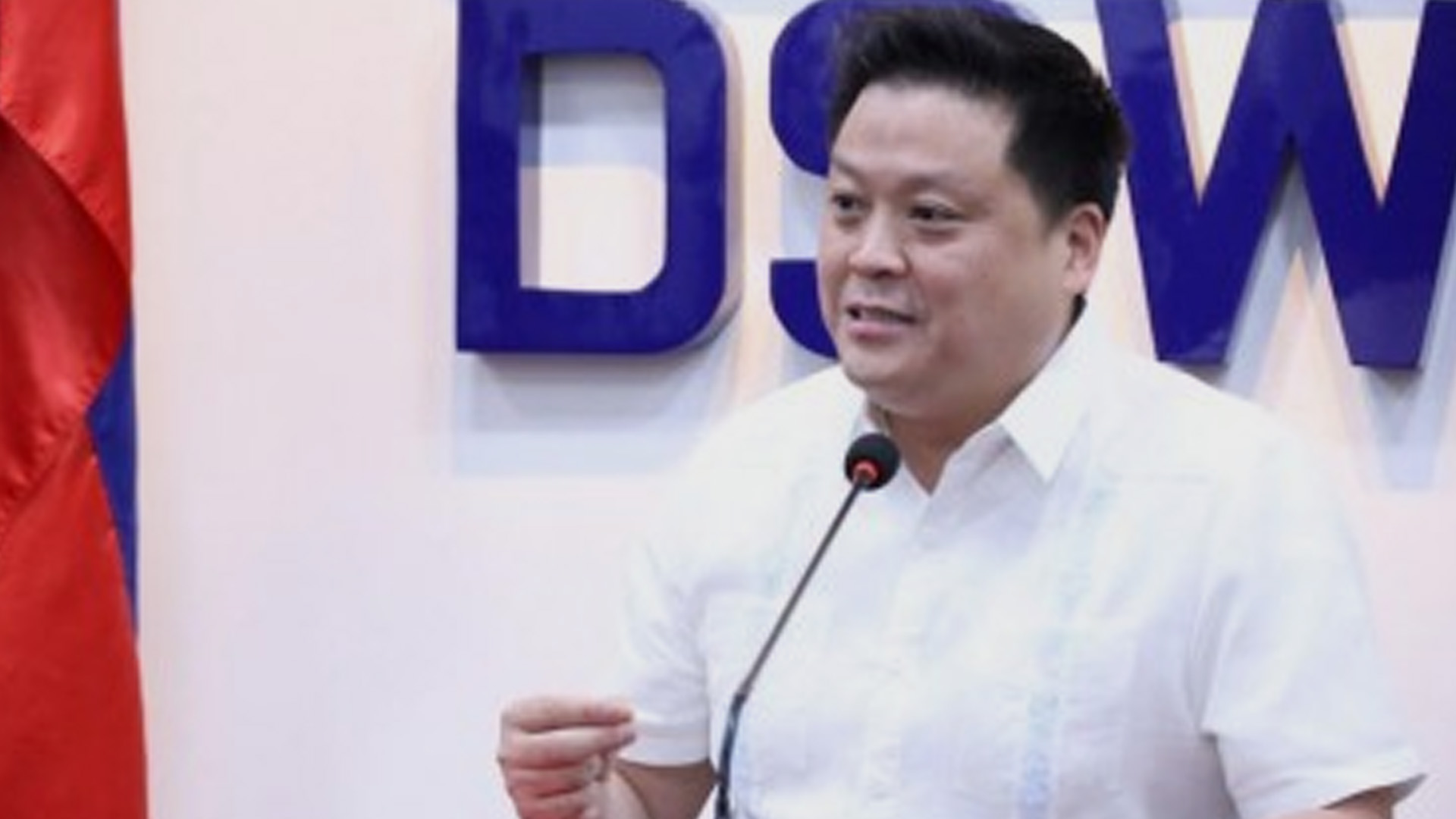Department of Social Welfare and Development (DSWD) Secretary Rex Gatchalian on Monday assured that the agency does not only use monetary indicators or numbers in determining qualified beneficiaries of the agency’s anti-poverty and anti-hunger programs.
This after the National Economic and Development Authority (NEDA) recently said the amount needed by a family of five to meet their basic food needs per month, or the food threshold, was at PHP9,581.
In a press conference at the DSWD Central Office in Quezon City, Gatchalian said the data which the DSWD gets from the NEDA and the Philippine Statistics Authority (PSA) are balanced using the social worker’s lens, which focuses on other non-monetary indicators.
“Hindi lang po iyon ang data na ginamit namin sa paghubog ng mga programa dito at sa pag-target ng mga magiging benepisyaryo. Laging pumapasok pa rin yung lente ng aming mga social workers para masiguro natin na balance ang data sa on the ground experience (These are not the only data we use in shaping programs and in targeting beneficiaries. The lens of the social workers always comes into play to ensure that the data is balanced with on the ground experience,” Gatchalian said.
“We have 37,000 employees in DSWD, at lahat yun umiikot at sinisiguro na ang reyalidad from the ground, sa tahanan ng ating mga mahihirap na Pilipino ay naka-capture at nailalagay sa isang magandang programa (and all of them goes around and ensure that the realities from the ground, the homes of poor Filipinos, are captured and set down in a good program),” he said.
He cited the Pantawid Pamilyang Pilipino Program (4Ps), the administration’s flagship anti-poverty program, which also assesses other non-monetary indicators, like access to health services and education, as well as the family’s social fabric, such as having a solo parent, and a person with disability (PWD), among others.
“Ang mga social workers natin pumupunta isa-isa sa mga program beneficiaries natin across the country. Inaalam ang case nila kung ano ba talaga ang nangyayari. Poverty is a multi-dimensional problem, hind mo yan mapi-picture base lang sa isang numero. Sa amin, pinaparisan namin ito ng case work (Our social workers visit each of the program beneficiaries across the country. They assess their cases, what is really happening. Poverty is a multi-dimensional problem; you cannot picture it completely based on numbers alone. We pair that with case work),” Gatchalian said.
Under 4Ps, program beneficiaries are assessed using the Social Welfare and Development Indicators (SWDI).
Based on the set of indicators in terms of economic sufficiency and social adequacy, 4Ps households are categorized under three levels: level 1-survival, level 2-subsistence, and level 3- self-sufficient.
The result of the tool aids the program in identifying interventions needed by the family to achieve self-sufficiency. (PNA)









